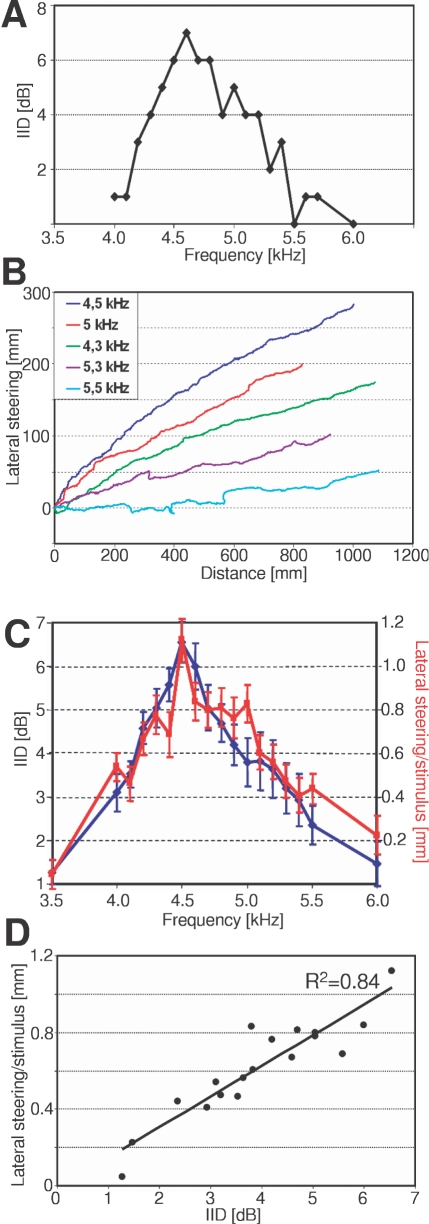Figure 3. Interaural intensity differences exhibit optimum functions and determine the degree of lateral steering in no-choice paradigms.
In a single female, the amount of IID provided by the peripheral directionality (A) correlates with the degree of steering (B). (C) On average, the peripheral directionality is tuned to 4.5 kHz, i.e. provides the highest IIDs (blue; mean±SE; N = 20), although optima in single females vary from 4.0 to 5.1 kHz. The lateral steering in no-choice paradigms (red; mean±SE; N = 20) also peaks at 4.5 kHz and exhibits a rather similar optimum function. The correlation of mean values between IIDs and lateral steering (n = 20) is high (D).

